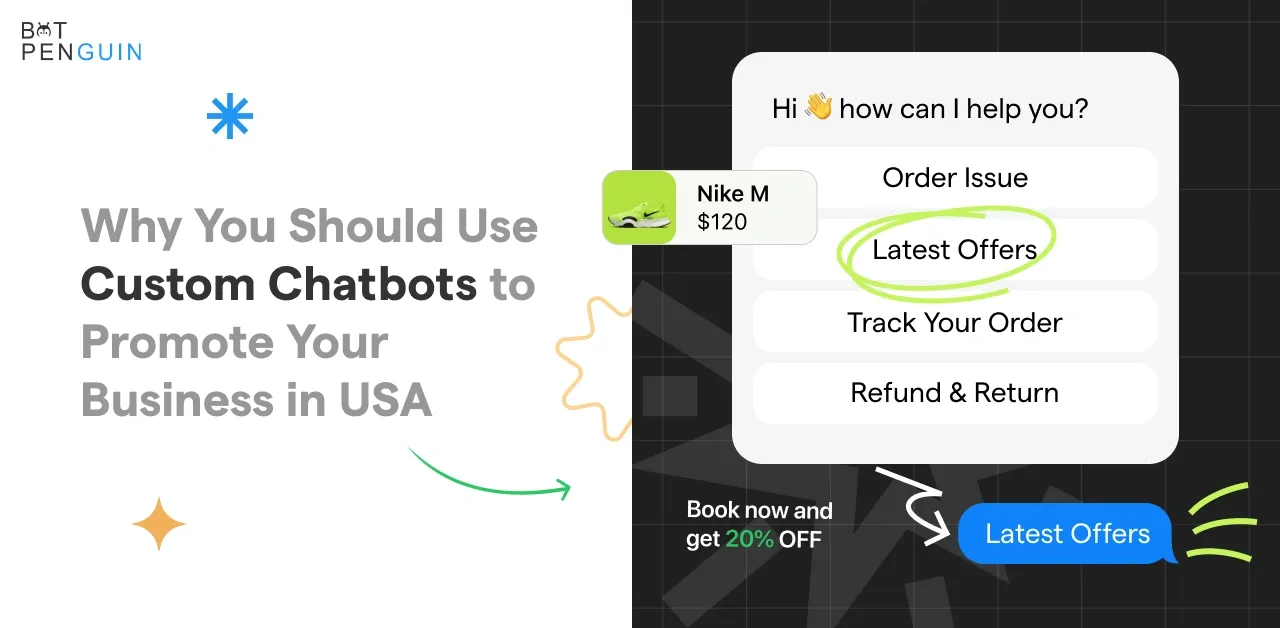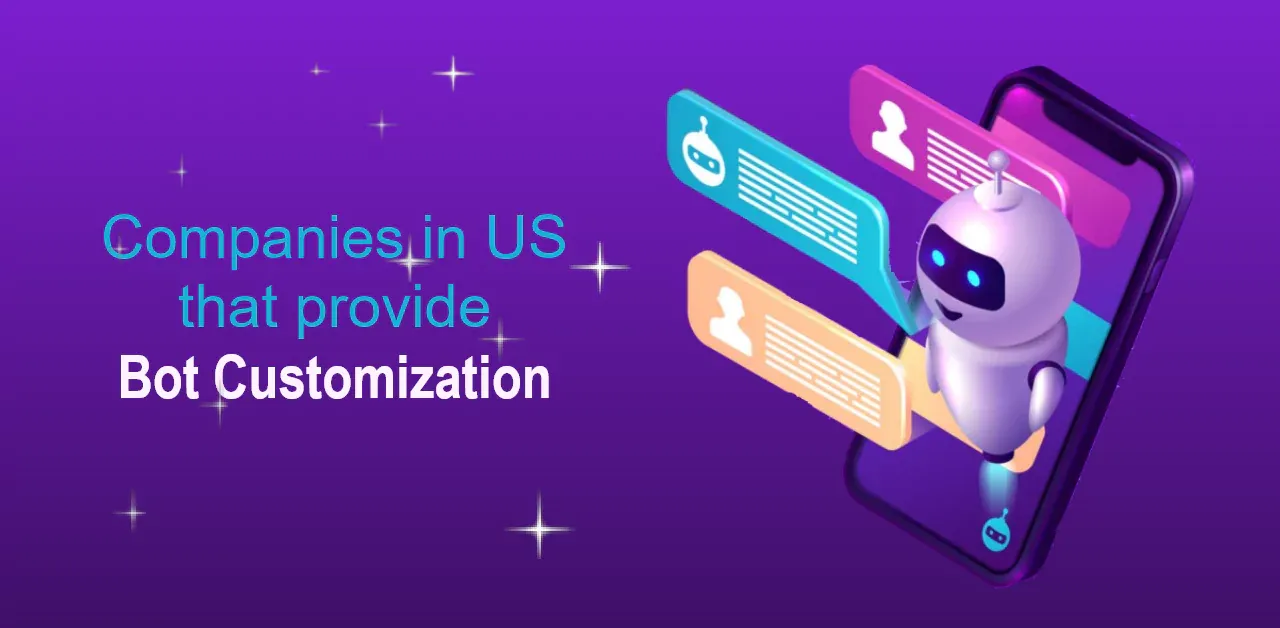Introduction
Chatbots are gaining popularity due to advancements in AI and machine learning. The global market for them is expected to grow at a CAGR of 23.3% from 2023 to 2030.
This definitive guide for 2024 covers everything about AI chatbot development, from understanding natural language processing and machine learning to designing, building, and launching your own chatbot.
You'll learn about cost savings, efficiency improvements, and how to train your chatbot with real conversation data.
You'll be equipped to create a successful, customer-loved intelligent chatbot by the end. So dive in—and transform your business with the power of AI conversation.
The Rise of AI Chatbots: Transforming User Experiences
ELIZA was the first chatbot developed by Joseph Weizenbaum at MIT in 1966. It used pattern-matching techniques to simulate conversation and was a groundbreaking development in natural language processing.
According to recent market estimates, the global chatbot market was valued at USD 5,132.8 million in 2022 and is projected to grow at a CAGR of 23.3% from 2023 to 2030.
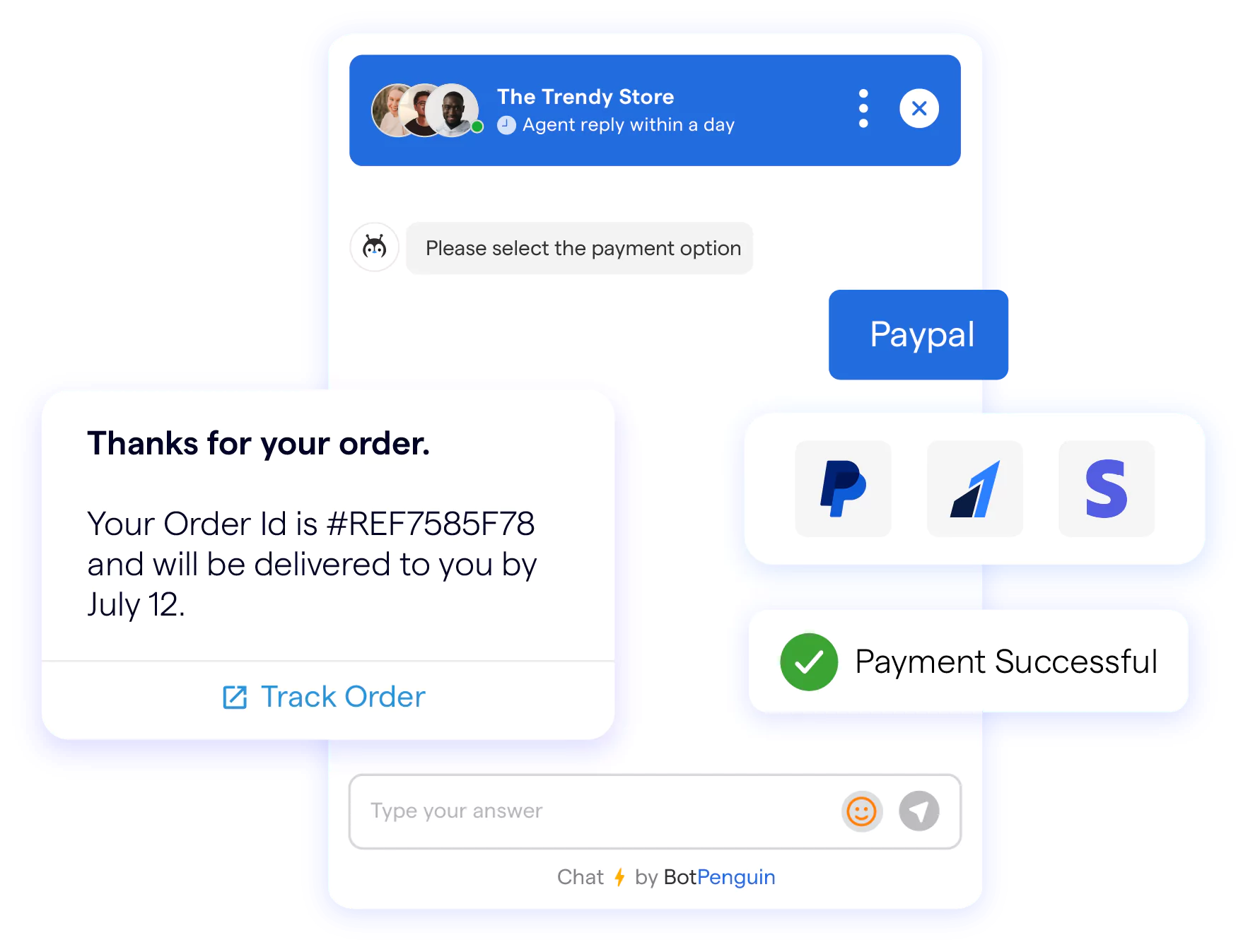
Various factors, such as the increasing demand for personalized customer experiences, the need for cost-effective customer service solutions, and the rise of e-commerce and social media drive this growth.
The growing adoption of chatbots across various industries, such as healthcare, finance, and retail, also contributes to the market's growth.
As businesses explore new ways to improve customer engagement and streamline operations, the demand for chatbots is expected to increase further in the coming years.
These intelligent programs use artificial intelligence technologies to interact with users and respond instantly to their inquiries.
Gone are the days of waiting for a human customer support representative to answer your questions. With AI chatbot development service, help is just a few keystrokes away.
Benefits of Implementing AI Chatbots in 2024
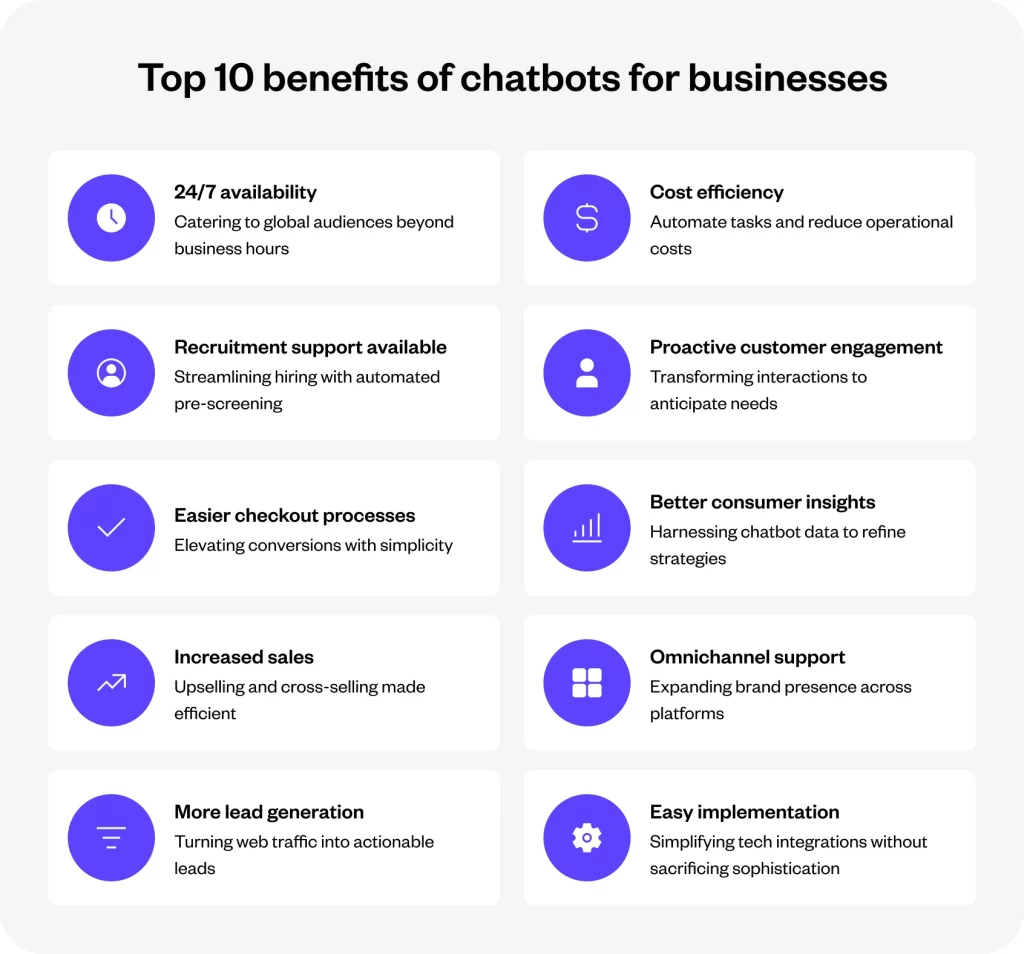
In the world of business, efficiency is vital.
AI chatbot development service you can significantly improve operational efficiency and save both time and money.
By automating repetitive tasks, such as answering FAQs or providing basic customer support, AI chatbots free up valuable human resources to focus on more complex issues.
AI chatbot development service also offer 24/7 availability, ensuring customers can get support whenever needed. This round-the-clock assistance can lead to increased customer satisfaction and loyalty.
Additionally, AI chatbot development service have the power to personalize user experiences. Through advanced data analysis, these bots can gather valuable insights about users' preferences and tailor their interactions accordingly.
This personal touch can significantly enhance customer engagement and ultimately drive more sales.
Who Should Use This Guide? (Target Audience)
This guide is for anyone curious about AI chatbots and their potential benefits.
Whether you're a business owner looking to streamline your customer support process or a tech enthusiast interested in the latest advancements in artificial intelligence, this guide will provide the knowledge you need to understand and implement AI chatbots effectively.
Next, we will see the understanding of AI chatbot development service.
Understanding AI Chatbot Technology
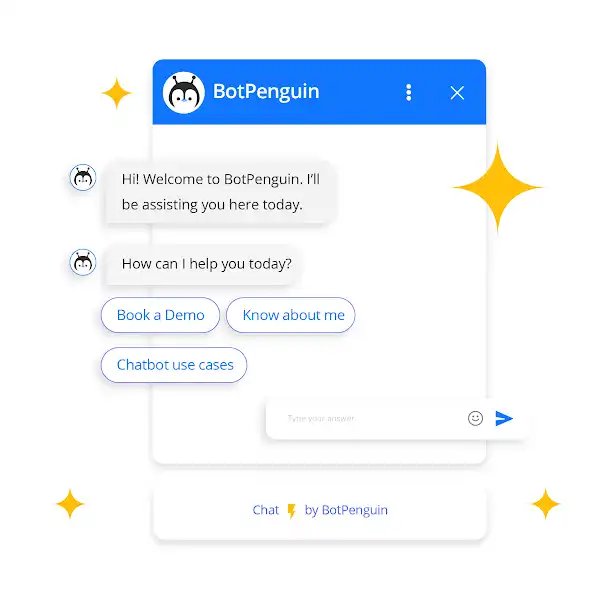
To grasp the inner workings of AI chatbots, it's essential to familiarize yourself with their core components.
These components include Natural Language Processing (NLP), Machine Learning (ML), and Conversational Design.
Core Components of an AI Chatbot: NLP, Machine Learning, Conversational Design
Natural Language Processing (NLP): This technology enables chatbots to understand and interpret human language.
By analyzing the structure and patterns of speech, Natural Language Processing (NLP) allows chatbots to comprehend user queries and provide accurate responses.
Machine Learning (ML): ML empowers chatbots to learn from user interactions and improve their performance over time.
By continuously analyzing data, ML algorithms help chatbots become more innovative and efficient in understanding and responding to user input.
Conversational Design: Conversational design focuses on the user experience and aims to create natural and engaging conversations.
Designers use principles from linguistics, psychology, and interaction design to craft chatbot interactions that feel human-like and intuitive.
Different Types of AI Chatbots: Rule-Based, Hybrid, and Machine Learning-Based
Not all chatbots are created equal. There are different types of AI chatbots, each with strengths and purposes.
Rule-Based Chatbots: These chatbots follow a predefined set of rules and responses. They operate within a limited scope and are most suitable for simple tasks.
Hybrid Chatbots: As the name suggests, hybrid chatbots combine rule-based and machine-learning approaches. They can handle predefined scenarios and learn from user interactions to improve performance.
Machine Learning-Based Chatbots: These are built on machine learning algorithms and continuously learn from user interactions. They can handle more complex queries and adapt to new situations over time.
How AI Chatbots Work: Understanding the Conversation Flow

Have you ever wondered how AI chatbot carry on a conversation? It's all about the flow. AI chatbots follow a structured conversation flow consisting of input, understanding, processing, and output.
Input: When a user sends a message or query to a chatbot, it serves as the input for the conversation.
Understanding: Using NLP techniques, the chatbot analyzes the input and extracts the intent and entities. It tries to understand what the user wants or needs.
Processing: Based on its understanding, the chatbot processes the input and generates an appropriate response.
This step may involve accessing databases, APIs, or external resources for information.
Output: The chatbot delivers the generated response to the user, completing the conversation flow.
AI chatbot development services can follow this conversation flow to provide helpful and timely responses, allowing users to interact with them naturally and seamlessly.
Next, we will see how to plan and define your chatbot
Planning and Defining Your Chatbot
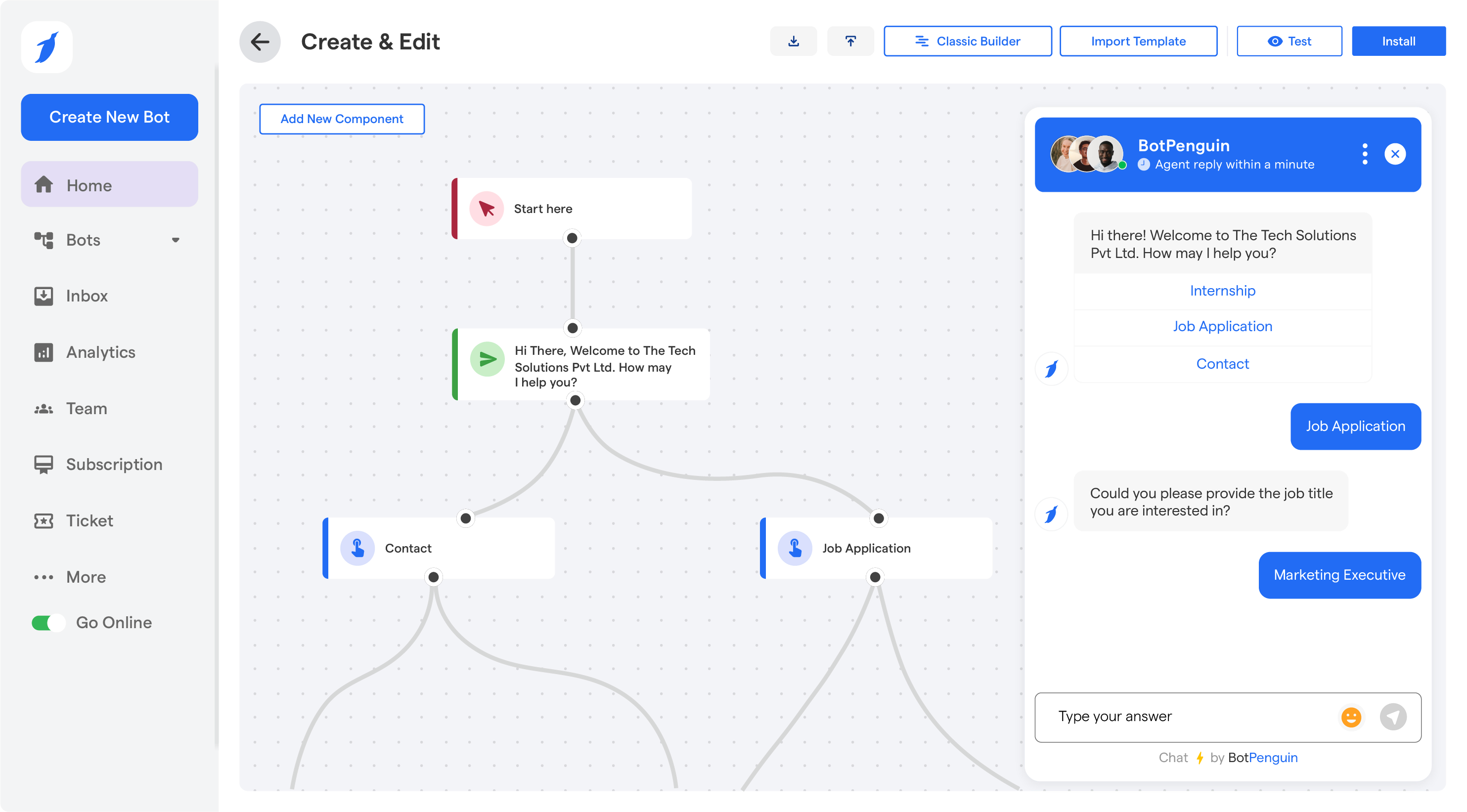
Before designing and building your chatbot, starting with some essential planning and definition is crucial.
By identifying your use case, defining your target audience, and setting goals, you can ensure that your chatbot solves the right problem for the right people.
Identifying Your Use Case: What Problem Will Your Chatbot Solve?
Think about the pain points or challenges that your chatbot can address.
Is it customer support, lead generation, or something else? By identifying your use case, you can focus on building a chatbot that effectively solves that specific problem.
Defining Your Target Audience: Who Will Interact with Your Chatbot?
Next, consider who will be interacting with your chatbot. Are they existing customers, potential leads, or both?
Understanding your target audience will help you craft personalized conversations and tailor the chatbot's features to their needs and preferences.
Setting Goals and Key Performance Indicators (KPIs) for Success
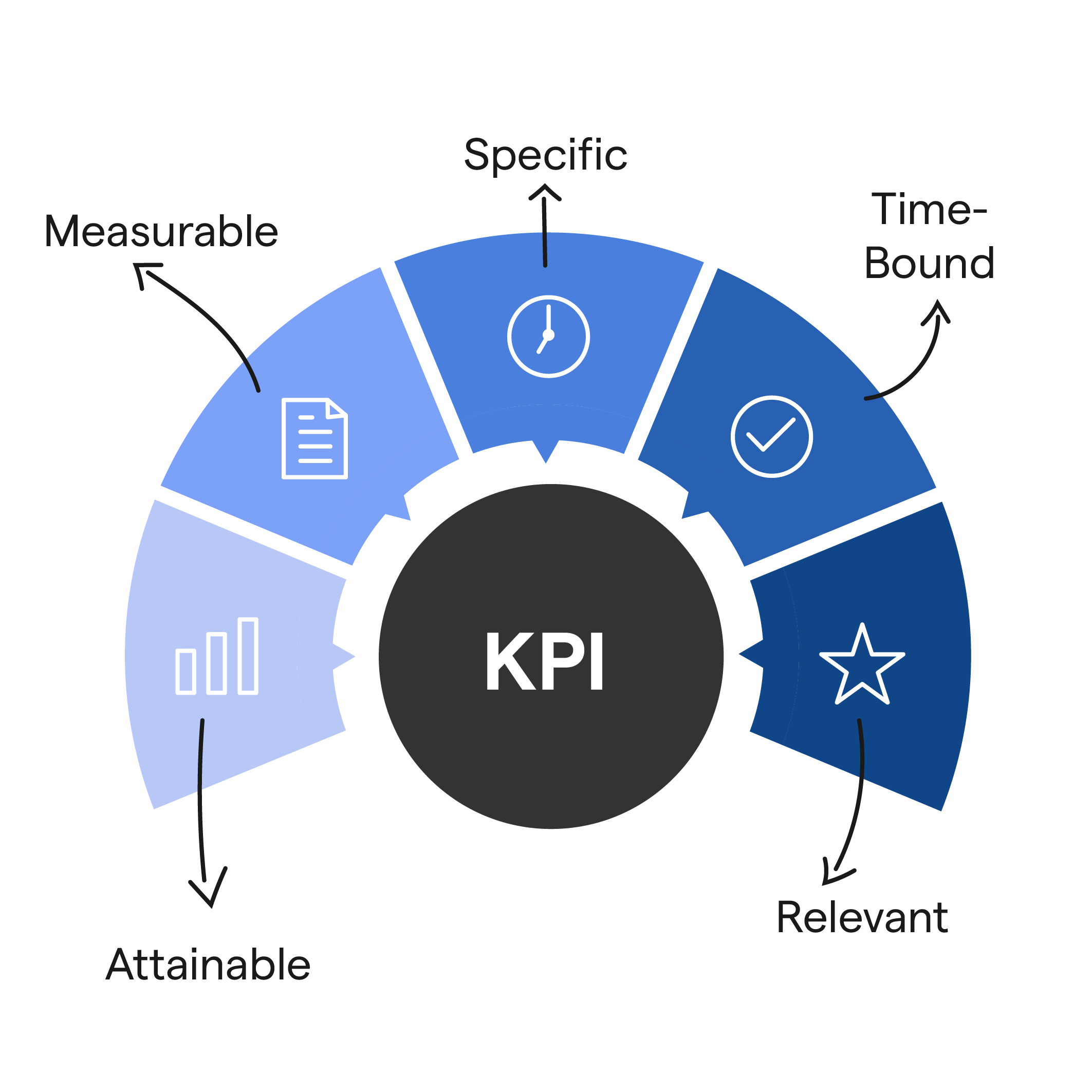
To measure the success of your chatbot,
it's essential to set goals and key performance indicators (KPIs). Are you looking to improve customer satisfaction, increase conversion rates, or reduce support costs?
Define your goals and track relevant metrics to evaluate the effectiveness of your chatbot.
Next, we will see how to design and build your chatbot.
Designing and Building Your Chatbot
Once you have a clear plan, it's time to design and build your chatbot.
This involves creating a compelling persona, scripting engaging conversation flows, and choosing the right development platform.
Crafting a Compelling Persona: Voice, Tone, and Personality
Give your AI chatbot development service a distinct personality that aligns with your brand and resonates with your target audience.
Consider the voice, tone, and language that your chatbot will use. Will it be friendly and casual or professional and formal?
Creating a compelling persona will make interactions with your chatbot more conversational and enjoyable.
Suggested Reading:
Why BotPenguin is the Best Custom Chatbot Development Provider?
Scripting Engaging Conversation Flows: User Stories and Decision Trees
To ensure smooth and natural conversations, script engaging conversation flows. Think of user stories that outline the steps a user might take when interacting with your chatbot.
Decision trees can help anticipate different paths and guide the chatbot's responses. This way, users will feel understood and supported throughout their interaction.
Choosing the Right Development Platform
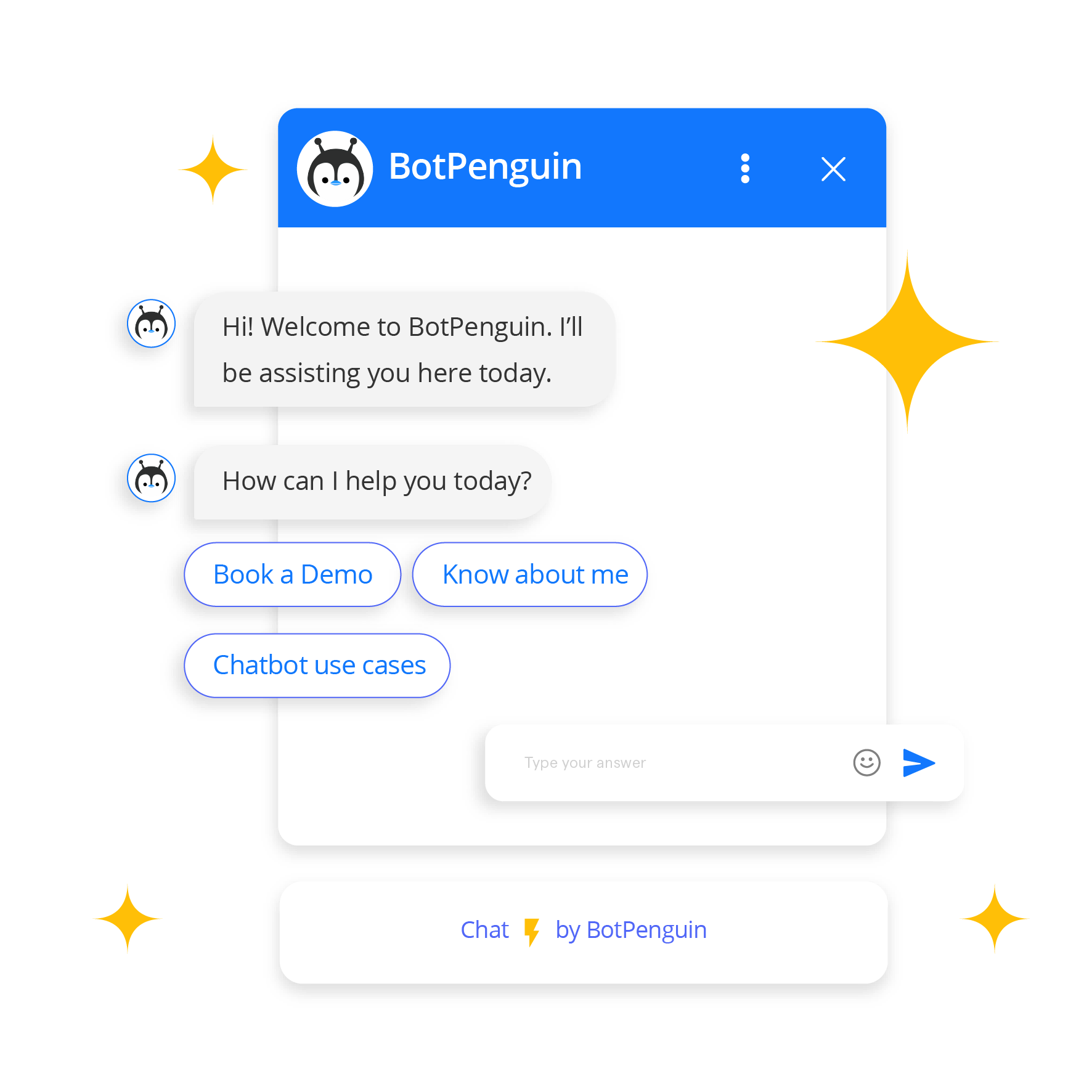
Consider whether you want to build your chatbot from scratch (DIY) or use an enterprise solution.
DIY options offer flexibility but require technical skills, while enterprise solutions provide pre-built frameworks that are easier to set up.
Choose the option like BotPenguin that best suits your resources and requirements.
Essential Features to Consider: Multilingual Support, Integrations, Analytics
When building your chatbot, consider essential features like multilingual support, integrations with other software, and analytics.
Multilingual support enables users from different regions to interact with your chatbot in their preferred language. Integrations with other software (e.g., CRMs or ticketing systems) can enhance the chatbot's capabilities.
Analytics will help you track performance and make data-driven improvements.
BotPenguin offers 20+ language support, 60+ integrations and best analytics that will help you to track your chatbot performance.
Next, we will cover how to train and text your AI chatbot development service.
Training and Testing Your Chatbot
Now that you've designed and built your chatbot, it's time to train and test it to ensure it provides accurate and fluent responses.
By gathering training data, using learning techniques, and iterating on your chatbot, you can improve its performance and make it more emotionally intelligent.
Gathering Training Data: Text, Audio, and User Interactions
To train your chatbot, you'll need a collection of training data.
This can include text from various sources, audio recordings, and even fundamental user interactions.
This diverse dataset will help your chatbot learn and understand the different types of input it may receive.
Using Supervised and Unsupervised Learning Techniques
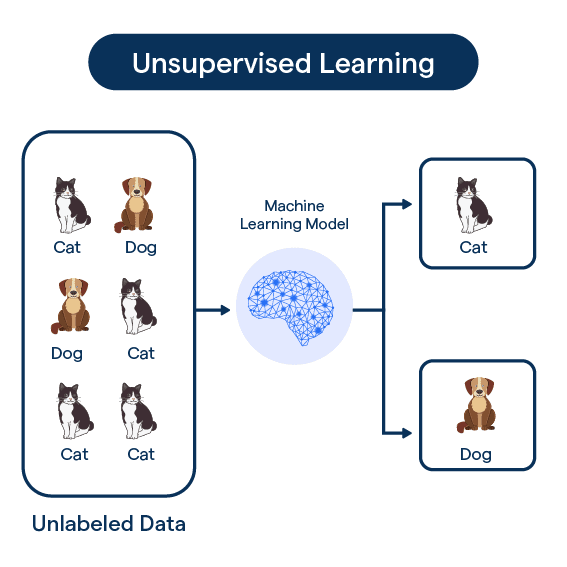
You can use supervised learning and unsupervised learning techniques to enhance your chatbot's capabilities.
Supervised learning involves training the chatbot using labeled data, where the correct responses or intents are provided.
On the other hand, unsupervised learning allows the chatbot to discover patterns and relationships in data without explicit guidance.
Suggested Reading:
Tailor the UX With BotPenguin's Custom Chatbot Development
Testing and Refining Your Chatbot: Iterative Approach
Testing your chatbot is crucial to ensure its accuracy and fluency.
Adopting an iterative approach allows you to refine your chatbot's responses based on user feedback and real-world interactions.
Testing, analyzing, and improving will help your chatbot grow and adapt.
Ensuring Accuracy, Fluency, and Emotional Intelligence
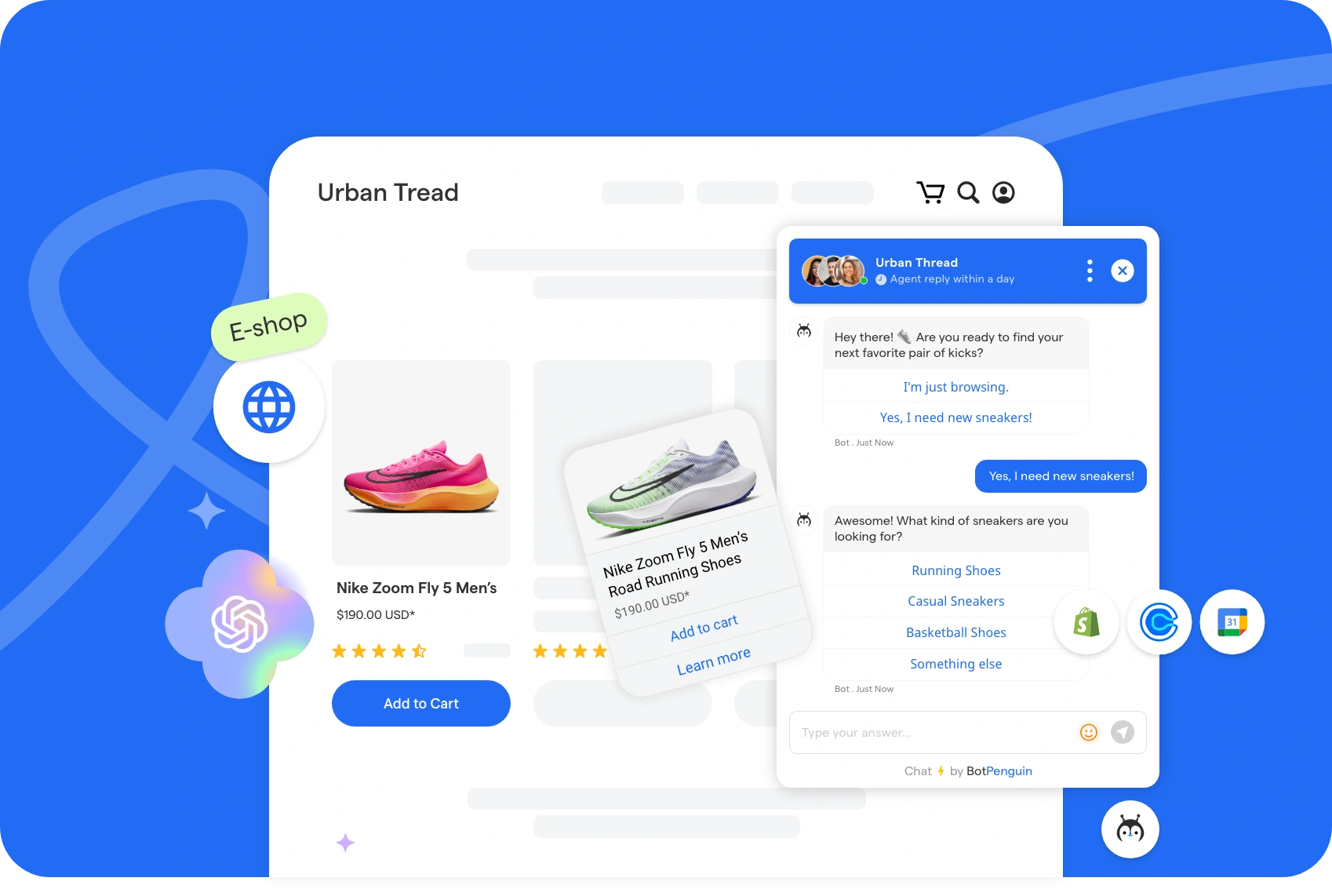
Throughout the training and testing process, improving your chatbot's accuracy, fluency, and emotional intelligence is essential.
Accuracy refers to the chatbot's ability to provide correct and relevant responses.
Fluency ensures that the conversation flows smoothly and naturally.
Emotional intelligence involves understanding and responding appropriately to user emotions and providing empathy when needed.
Next, we will cover how to deploy and manage your AI chatbot development service.
Deploying and Managing Your Chatbot
Once your chatbot is trained and tested, it's time to deploy and manage it effectively.
This involves selecting the right deployment channels, integrating with existing systems, and ensuring data security and user privacy.
Selecting the Right Deployment Channels: Website, Mobile App, Messaging Platforms
Consider the best deployment channels for your chatbot.
Will it be integrated into your website, available through a mobile app, or accessible on popular messaging platforms?
Choose the channels that align with your target audience and provide easy access to your chatbot.
Suggested Reading:
Top 10 Bot Use Cases that Demand Custom Chatbot Development
Integrating with Existing Systems: CRM, Marketing Automation, Analytics
Integrating your chatbot with existing systems can enhance its functionality and improve the user experience.
Connecting with CRM systems, marketing automation tools, and analytics platforms, your chatbot can seamlessly access relevant data and deliver personalized responses.
Ongoing Monitoring and Performance Optimization: Feedback Loops and A/B Testing
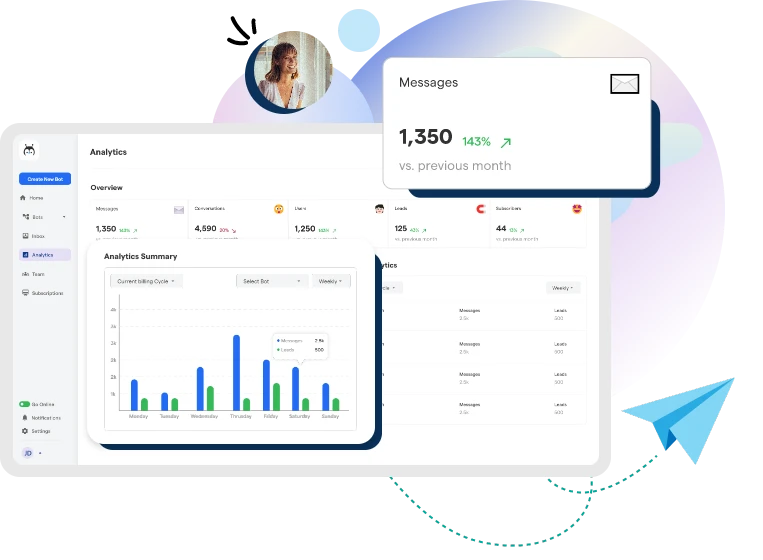
Deploying a chatbot is just the beginning.
Continuously monitor its performance and gather user feedback to identify areas for improvement.
Implement feedback loops and conduct A/B testing to optimize your chatbot's responses and enhance its effectiveness over time.
Maintaining Data Security and User Privacy
Data security and user privacy are of utmost importance when managing a chatbot.
Ensure your chatbot adheres to privacy regulations and employs secure data storage and encryption. Safeguarding user information builds trust and confidence in your chatbot.
Next, we will cover some advanced chatbot development techniques.
Advanced Chatbot Development Techniques
Take your AI chatbot development to the next level by leveraging advanced techniques for complex tasks, implementing voice recognition, integrating with AI technologies, and creating omnichannel experiences.
Using Chatbots for Complex Tasks: Appointment Booking, Personalized Recommendations

Beyond basic inquiries, chatbots can handle complex tasks like appointment booking and providing personalized recommendations.
Imagine a chatbot that seamlessly schedules appointments for your customers or suggests tailored products based on their preferences.
These advanced capabilities save time and deliver a convenient and personalized experience.
Implementing Voice Recognition and Chatbots for Voice Interfaces
Voice recognition technology opens up new possibilities for chatbots. Imagine interacting with a ai chatbot development service through voice commands instead of typing.
This integration allows users to have natural conversations with the chatbot, enhancing accessibility and convenience.
Integrating with AI Technologies: Sentiment Analysis, Image Recognition
By integrating with AI technologies, your chatbot can go beyond scripted responses.
For instance, sentiment analysis can enable your chatbot to understand user emotions and respond accordingly.
Image recognition can also enhance your chatbot's capabilities by processing and interpreting visual information.
Building Omnichannel Chatbot Experiences: Seamless Flow across Platforms
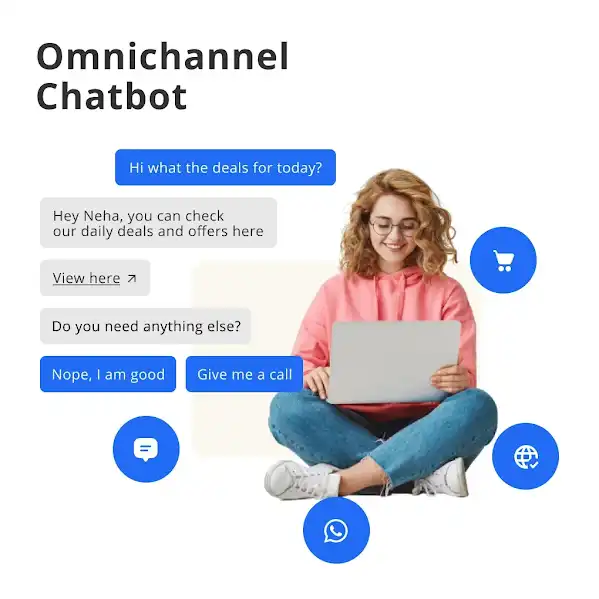
Creating an omnichannel chatbot experience ensures a seamless flow across various platforms, whether a website, mobile app, or messaging platform.
Users can start a conversation on one channel and effortlessly continue on another without losing context. This provides a consistent and uninterrupted experience.
Next, we will discuss the future of AI chatbot development services.
The Future of AI Chatbots: Trends and Predictions
As AI continues to evolve, the future holds exciting trends and predictions for chatbot development.
Emerging Technologies: Blockchain, Quantum Computing, and their Impact on Chatbots

Emerging technologies such as blockchain and quantum computing can potentially transform chatbot capabilities.
Blockchain can enhance security and transparency in chatbot interactions, while quantum computing can accelerate complex calculations, enabling more advanced chatbot responses.
Personalization and Customization: Tailoring Chatbot Experiences to Individuals
The future of AI chatbot development service lies in personalization and customization.
Chatbots will become even more adept at understanding individual preferences and delivering tailored experiences.
Imagine a chatbot that remembers previous conversations and adapts its responses based on past interactions.
Ethical Considerations: Bias, Transparency, and Responsible AI Development
As AI chatbot development service become more sophisticated, ethical considerations become increasingly crucial.
Developers must address algorithm biases, prioritize transparency in how chatbots make decisions, and ensure responsible AI development that respects privacy and user rights.
Measuring the ROI of AI Chatbots: Quantifying Value and Business Impact
Organizations will seek to measure their AI chatbots' return on investment (ROI), quantifying the value and business impact they bring.
Metrics such as customer satisfaction, cost savings, and increased productivity will play a key role in evaluating the success and effectiveness of chatbot implementations.
Conclusion
The future is bright for AI-powered chatbots. As the technology continues advancing, chatbots will transform customer experiences across industries.
But realizing the full potential of chatbots requires the right strategies and tools. This guide provided actionable insights to create intelligent, natural language chatbots that customers love. Now, it's time to stop dreaming and start building.
BotPenguin is your one-stop solution for chatbot development. We understand that creating a chatbot from scratch can be time-consuming and complex, so we've designed a platform that simplifies the process, allowing you to launch your own chatbot in minutes.
Our platform is powered by advanced AI capabilities designed to understand and respond effectively to user queries, ensuring a seamless conversational experience.
But that's not all - BotPenguin also offers robust analytics tools that provide valuable insights into user behavior, helping you to continuously improve and optimize your chatbot's performance.
One of BotPenguin's key advantages is its ability to integrate seamlessly with your existing tools and systems.
Whether it's your CRM, marketing automation platform, or social media, BotPenguin can connect and operate harmoniously, ensuring a smooth workflow and enhancing operational efficiency. As your business grows, so too can your chatbot.
Sign up today for a free trial and discover how BotPenguin can help you build chatbots that boost customer satisfaction and drive sales.
With BotPenguin, you're not just keeping up with the future of conversational AI—you're leading the way. Don't get left behind; join the BotPenguin today.
Frequently Asked Questions (FAQs)
What is AI chatbot development, and why is it important?
AI chatbot development refers to creating intelligent chatbots using artificial intelligence technologies.
It's important because it allows businesses to automate customer interactions, provide 24/7 support, and improve efficiency in handling customer queries.
What are the key steps involved in AI chatbot development?
The key steps in AI chatbot development service include defining the chatbot's purpose, designing conversational flows, training the chatbot with machine learning algorithms, integrating it with messaging platforms, and continuously monitoring and improving its performance.
What programming languages and tools are commonly used in AI chatbot development?
Python, JavaScript, and Java are commonly used programming languages for AI chatbot development.
Tools like TensorFlow, Botpress, and Dialogflow are popular for building and deploying chatbots.
Can I integrate AI chatbots with existing software systems?
Yes, AI chatbot development service can be integrated with existing software systems.
APIs and webhooks allow chatbots to interact with databases, CRMs, and other systems, enabling seamless data exchange and integration into the organization's workflows.
How can AI chatbots enhance customer experiences and increase business efficiency?
AI chatbot development service offer personalized and instant customer support, available round the clock.
They can provide quick responses, handle repetitive tasks, guide users through processes, and gather valuable customer data, ultimately enhancing customer experiences and improving business efficiency.


